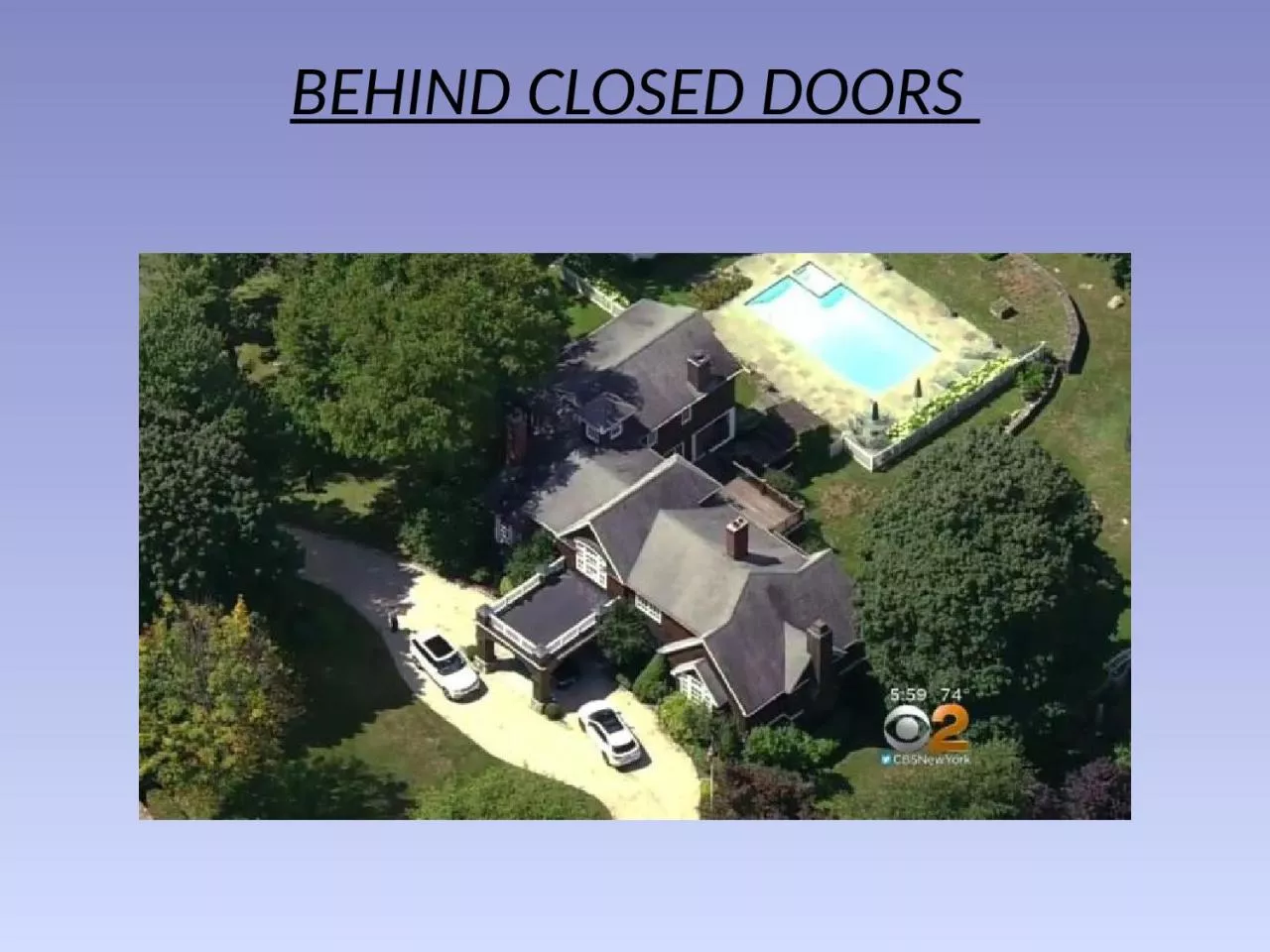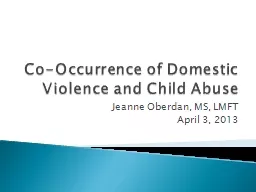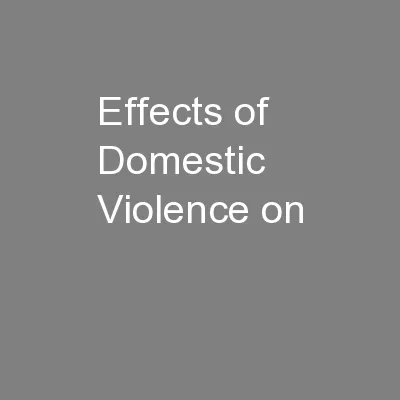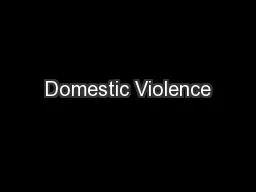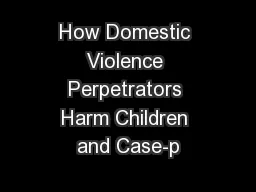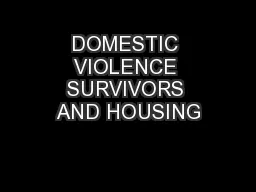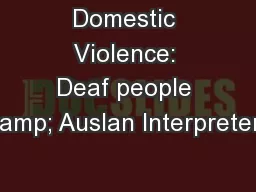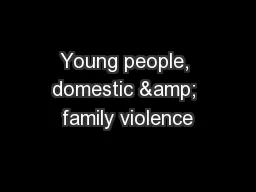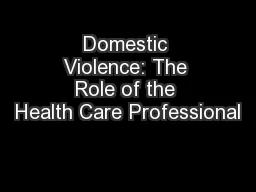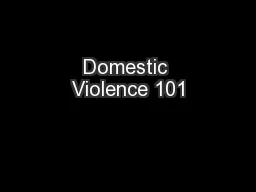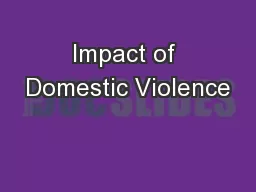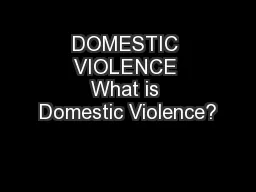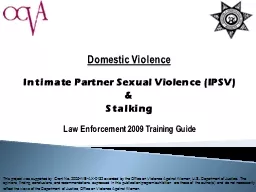PPT-BEHIND CLOSED DOORS What is Domestic Violence?
Author : DancingDragonfly | Published Date : 2022-07-28
NYS Office for the Prevention of Domestic Violence defines DV as A pattern of coercive tactics which can include physical psychological sexual economic and emotional
Presentation Embed Code
Download Presentation
Download Presentation The PPT/PDF document "BEHIND CLOSED DOORS What is Domestic Vi..." is the property of its rightful owner. Permission is granted to download and print the materials on this website for personal, non-commercial use only, and to display it on your personal computer provided you do not modify the materials and that you retain all copyright notices contained in the materials. By downloading content from our website, you accept the terms of this agreement.
BEHIND CLOSED DOORS What is Domestic Violence?: Transcript
Download Rules Of Document
"BEHIND CLOSED DOORS What is Domestic Violence?"The content belongs to its owner. You may download and print it for personal use, without modification, and keep all copyright notices. By downloading, you agree to these terms.
Related Documents

